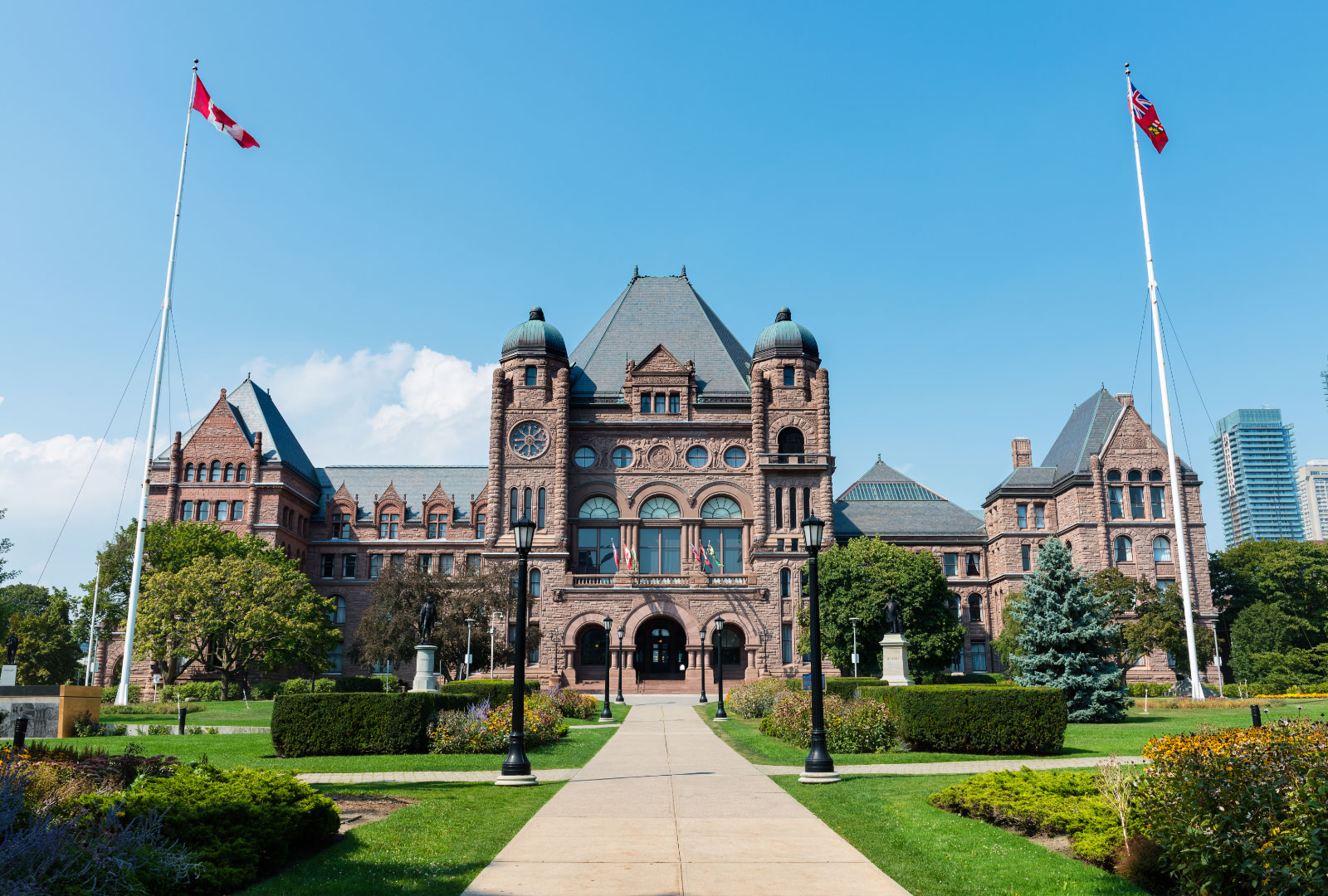What the Liberal Victory Means for Housing in Canada

Amongst friends, colleagues, and investors, the most frequent questions we get is: “Where is the housing market headed?” We typically try to get away with a reminder that we do not possess a crystal ball. That said, with the unfolding of a major unknown now behind us – the Federal election – we have better visibility, at least regarding what the Liberal housing policy means in the short to medium term.
So, what does a renewed Liberal government mean for housing, specifically supply and affordability?
In short: not much.
Despite housing being a central issue during the campaign, we believe the Liberal platform falls short of delivering meaningful results. The core problem, in our view, is a misallocation of resources and a fundamental misunderstanding of what is needed to move the needle. Here is how we see the key components of the Liberal’s housing policy.
Getting the Government Back into the Business of Building
The headline idea of having the federal government take a more active role in building housing might sound bold – but it is not an effective approach. The public sector acting as a developer is almost universally viewed as a bad idea, and for good reason.
Toronto Community Housing Corporation (TCHC), the city’s largest landlord, is a case study in both the potential and the pitfalls of public housing development and management. Nearly all TCHC’s success stories – such as the revitalizations of Regent Park and Alexandra Park – were made possible through partnerships with the private sector. Where TCHC has operated independently, the results have consistently fallen short. As we know well, real estate is local, and there is no one size fits all solution within a city, let alone at a federal level.
Development is inherently complex, dynamic, and requires flexibility. These three requisite ingredients are not exactly hallmarks of government. While governments are drawn to rules and standardization, real estate development thrives on adaptability. We expect this policy to consume significant taxpayer resources with little to show for it in terms of new housing.
Cut Red Tape and Make It Easier to Build
There’s merit to this part of the platform, at least in principle. Bureaucratic inefficiencies, especially at the municipal level, have contributed significantly to the slow pace and high cost of new housing development. Reducing red tape and streamlining approvals would be a welcome change.
Among the policies listed here, one bright spot is the proposal to cut development charges in half. Development charges have become a major cost burden and directly impact the viability of new projects. Cutting them is a productive step.
However, other elements of this policy – like converting existing buildings into affordable housing or broad promises to reduce bureaucracy – lack the financial feasibility or detail required to be taken seriously. Adaptive reuse is expensive and difficult, which is exactly why the private sector has not embraced it at scale. There’s little evidence to suggest government-led efforts will overcome these barriers.
As for reducing bureaucracy, it is unclear what this practically means, particularly at the federal level. With no clear plan or commitment to enforcement mechanisms across jurisdictions, we are skeptical this amounts to more than political lip service.
Cut Taxes for First-Time Homebuyers
Eliminating the GST on new homes purchased by first-time buyers (up to $1 million) is a good step, but one that is far too small.
The core issue today is that the cost to construct new housing exceeds market values. That gap – driven largely by rising construction costs, municipal levies, and government fees – has made it effectively impossible to bring new product to market. Developers need to demonstrate sufficient margins to secure financing, and right now, those margins often are not sufficient for lenders.
So yes, any policy that reduces costs is helpful. But this one does not go far enough. First-time buyers make up roughly 10% of home sales. Even if every one of them bought a new home (which they do not), the net impact on a project would be about a 0.5% reduction in total costs. That is a drop in the bucket.
If we are serious about tackling the affordability crisis, we need bolder solutions that provide meaningful incentives to build. This is not it.
Final Thoughts
The Liberal platform offers some well-intentioned ideas, but as housing professionals, we believe it misses the mark where it matters most: creating the right environment for new supply to be delivered efficiently and at scale. Without bold, market-informed reforms, the affordability crisis will persist and, in our humble view, likely worsen materially. As we look ahead to 2027 and beyond, the lack of new construction starts will culminate in anemic housing deliveries. More Canadians will be without a home, likely to put pressure on both rents and sale prices.
We will continue monitoring policy developments and share updated insights as the new government begins implementing its agenda. In the meantime, our message remains the same: Be patient, be prudent, and monitor the fundamentals, not the headlines.



